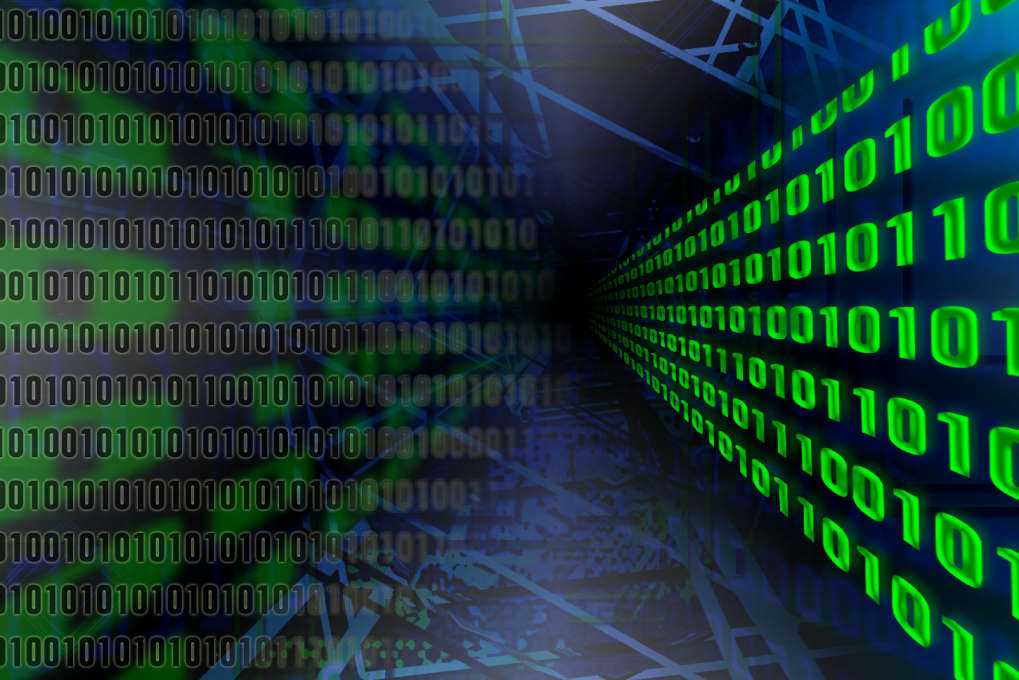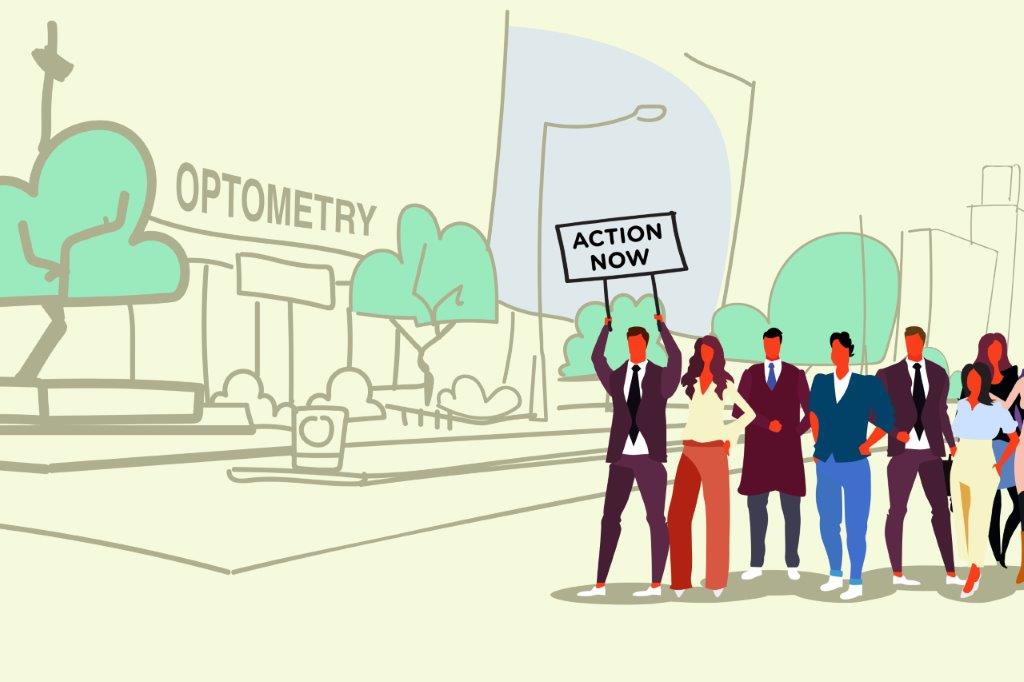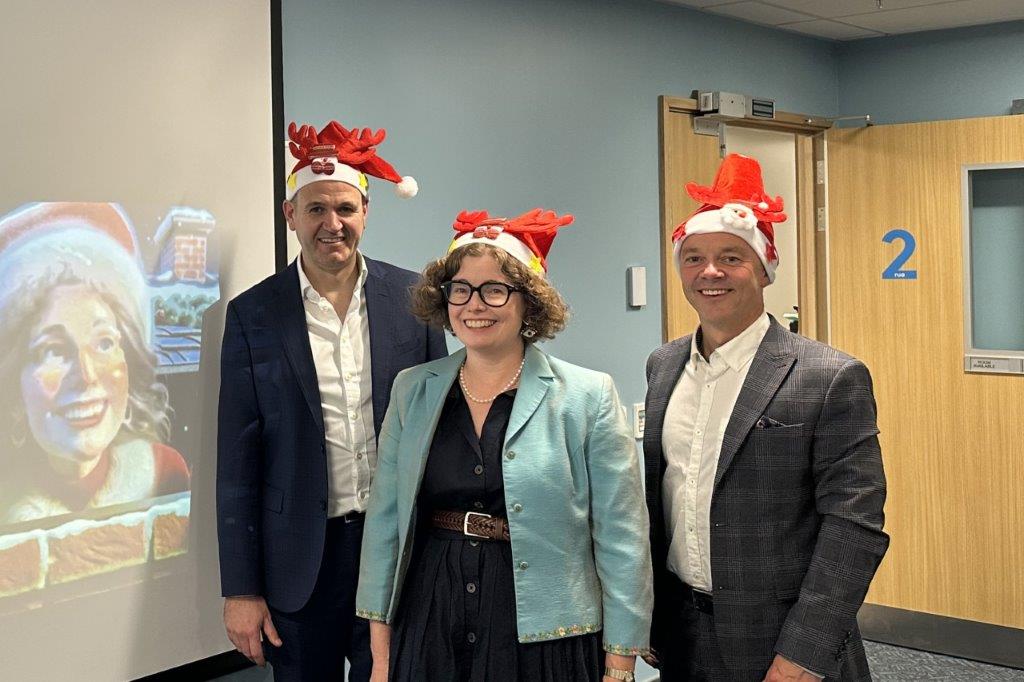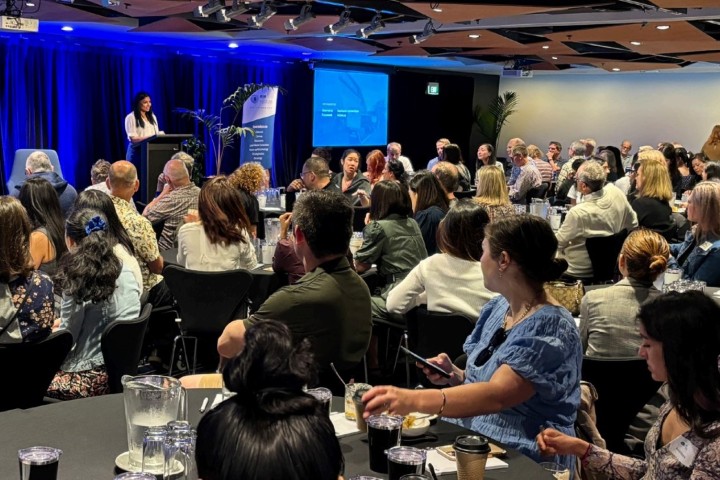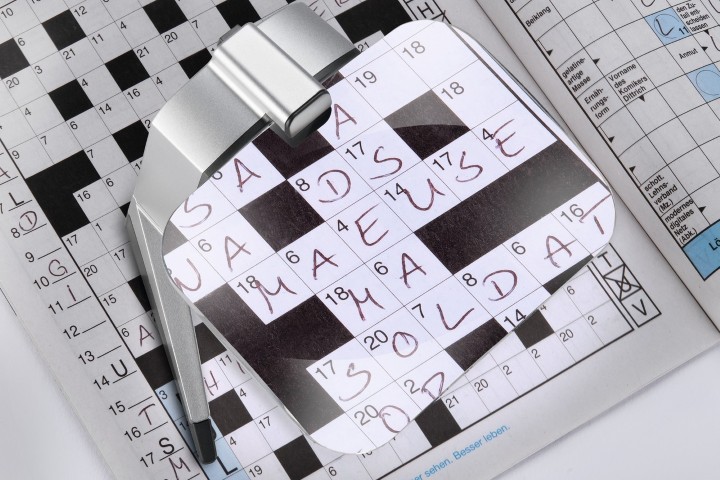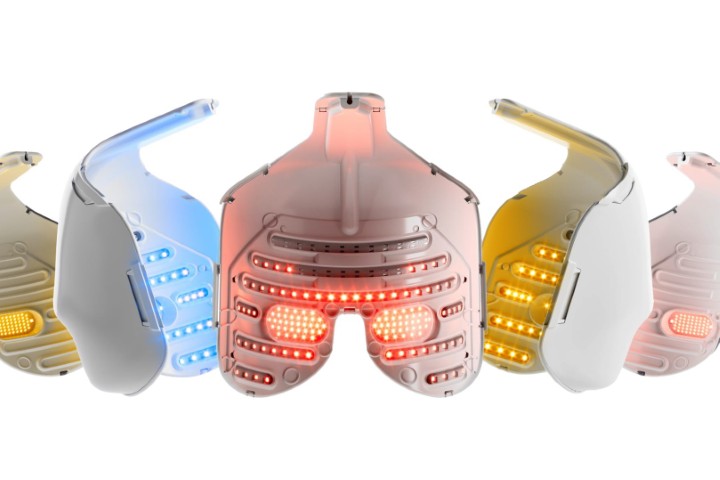The power at our fingertips… is being wasted!
In NZ Optics April 2018 issue, a frustrated Chalkeyes pondered: “Imagine if our clinical data could be anonymous and pooled. What learning is hidden in those little boxes on our screens from all our patients across the country or even the world¹?”
I couldn’t agree more. Why are we wasting all this useful data? Is it just mutual mistrust that makes the main players in our eyecare world so reluctant to share?
There is, however, one project which does pool this data. Sydney eye surgeon Professor Mark Gillies and his Fight Retinal Blindness! (FRB) team already use data from clinical examinations to run medical research and clinical audits². They have a web-based application, which was developed using freely available tools, allowing anyone with a decent web browser to access an ‘on screen’ form to be completed at the clinical interview. The results are then sent automatically to, and analysed by, the University of Sydney.
From this wealth of data, 15 clinical papers have already been penned³ and their data definitions shared publicly via the International Consortium for Health Outcomes Measurement (ICHOM) project. At present FRB uses CSV (comma separated values) as the import/export medium for their data.
So, are there not other standard ways of sharing more of our data? Yes, but there are issues of data ‘ownership’ here, and this has become very topical, especially with the implementation of the European Union’s data standards on 25 May 2018. Europe’s General Data Protection Regulation (GDPR) affirms that the protection of natural persons in relation to the processing of personal data is a ‘fundamental right’ and that any ‘processing of personal data should be designed to serve mankind’. This has had a ripple effect worldwide and is fast becoming the de facto global standard.
Making sense of the acronyms
The search for a Rosetta Stone to facilitate sharing of healthcare data is as old as electronic records themselves. Since Laurie Weed’s SOAP concept in 1968 – subjective, objective, assessment and plan – there have been a number of different paradigms. But only Health Level Seven’s (HL7’s) international standards for the transfer of clinical and administrative data between healthcare providers’ software systems have been widely adopted, and HL7 ‘Version 2’ has worked since the ’70s for sending medical stuff up and down phone lines.
The Clinical Document Architecture (CDA) standard is a step up for clinical documents and is also widely used even with iphones, but the long-promised CDA Level 3, allowing the sharing of granular clinical data, never materialised. Granular data is fine detailed data, which can be used for many different research purposes.
There’s a multiplicity of health terminology standards to add to the confusion such as, SNOMED, LOINC and ICD. New Zealand is part of a consortium that owns the SNOMED nomenclature standard¹. But many different codes can apply to the same ‘observation’ which is an instance of a clinical datum made at some encounter or other, so codes themselves are not enough.
Fast healthcare interoperability resource
Today the Fast Healthcare Interoperability Resource (FHIR) goes a long way to providing shared data meanings¹¹. It was designed precisely to fill the void left by the failure of HL7 CDA Version 3. FHIR has an application programming interface (API). It works the same way that social media and most contemporary, online business tools work, by sharing fundamental internet processes, in particular, the REST protocol.
Representational state transfer (REST) is an architectural style for developing web services, based on HTTP (hypertext transfer protocol). It focuses on ‘resources’ - well-defined snippets of data that capture core clinical entities - and a set of verbs: Get, Put, Post and Delete. The URLs of the ‘resources’ act as pointers to the data in electronic health records (EHR), which can then be accessed through the FHIR API.
FHIR depends on subject matter experts (SMEs) to develop these clinical resources. Different data definitions can compete for the same clinical patch and the choice of one ‘profile’ rather than another is contractual, in the sense of an ‘agreement to agree’. FHIR explicitly refuses a universal reference information model for semantics because this approach has failed with HL7-CDA-vs3. ‘Meaning’ with FHIR is relative to the data definitions agreed and established by use. This approach has the great advantage of letting sets of concepts evolve and compete, a process which can continue without end.
Mark Gillies and FRB’s work has gained wide international acceptance and could be expressed with FHIR. Adoption may be held up, however, just because it involves sharing APIs, recently notorious for security breaches (think Facebook and Cambridge Analytica). It will be interesting to see how GDPR impacts FHIR applications and whether FRB can get expressed with it.
Blockchain
There is another relative newcomer to the world of EHR communication standards, blockchain, a platform for distributing digital assets, while protecting them from being copied. It was originally written to manage the increasingly valuable bitcoin digital currency.
At the RANZCO NZ 2018 meeting, Dr Brendan Vote said blockchain was at “the junction of games theory, behavioural science, cryptography, computer science, data transmission and economic and monetary theory”. A publicly-distributed ledger of transactions, not owned or controlled by any one person or company, fully accessible to all, blockchain secures data integrity by using mathematical techniques borrowed from cryptography and is considered tamper-proof. There is no need for a trusted intermediary to verify authenticity; in fact, there is no need for ‘trust’ at all. And blockchain has been shown to work for healthcare to verify prescriptions in a project set by Lucien Engelen, director of the Radboud Reshape Innovation Centre, to see if current technologies could solve some of today’s bigger problems¹².
But sharing all one’s transactions with everyone else is counter-intuitive for medical records, isn’t it? And there are other downsides to blockchain for use in healthcare¹³. It is slow, since all the data has to be updated on all nodes when any transaction occurs, and it is also very expensive in computer power, adding considerably to electricity costs. However, it does give a vision of what a new world order for secure transmission and sharing of data might be like. Blockchain provides “a vision of a humanistic information economy in which participants achieve economic dignity by being proportionally compensated for all their contributions to the massive clusters of information circulating across digital networks¹”. So maybe we could own our own data, share it and get paid for any use of it too! Who knows? This whole area is in rapid evolution at the moment.
What’s next…
Brendan Vote suggested we need to embrace expanded roles as data architects and blockchain technologists. I suggest we also become subject matter experts (SMEs) as Mark Gillies has, and go on to define and agree on our data categories for FHIR. Various groups and authorities will continue to try to control the industry, but the standard itself must be innocent of all and every external control. Blockchain may come to play a role in this.
There is a convergence between the requirements of GDPR and technological developments like blockchain. There is a consonance between FHIR and programming in realms other than healthcare. We are glimpsing a Valhalla where the technological infrastructure of a new world order is in accord with the natural history of human behaviour. So, the emergent standard must be open to all, available, free or cheap to implement, efficient and reliable. We have the tools, the vision and enough theory to make it work.
For eyecare, this cannot come soon enough. But at present in New Zealand we are nowhere within sight of this, sadly. There is distrust between ophthalmologists, District Health Board management and the optometry profession, which is holding up the adoption of these emerging standards, resulting in a tragic waste of the power at our fingertips.
References
- www.eyeonoptics.co.nz/articles/archive/the-power-at-our-finger-tips/
- The Fight Retinal Blindness project - www.savesightinstitute.org.au/research-units/save-sight-registries/fight-retinal-blindness/
- Efficient Capture of High-Quality data on outcomes of Treatment for macular disease: The Fight Retinal Blindness Project. Mark Gillies et al RETINA 34:188–195, 2014
- ICHOM - www.ichom.org/medical-conditions/macular-degeneration/
- GDPR - www.eugdpr.org/
- Laurie Weed. Electronic medical records that guide and teach - www.ncbi.nlm.nih.gov/pmc/articles/PMC3376295/
- HL7-vs2 - www.hl7.org/implement/standards/product_brief.cfm?product_id=185
- HL7-CDA - www.hl7.org/implement/standards/product_brief.cfm?product_id=7
- HL7-CDA-vs3 failure - https://blogs.gartner.com/wes_rishel/2011/08/16/lessons-from-the-putative-failure-of-hl7-v3/
- SNOMED coding - http://snomed.org/sg
- FHIR - www.hl7.org/implement/standards/product_brief.cfm?product_id=449
- www.youtube.com/watch?v=2V0XqKb9nhg
- Jimmy Song on the downside of blockchain - https://medium.com/@jimmysong/why-blockchain-is-hard-60416ea4c5c ; reviewed in the Guardian - www.theguardian.com/books/2013/feb/27/who-owns-future-lanier-review
Dr Mike Mair is a retired but still active Kiwi ophthalmologist. A progressive thinker, and an early adopter of EHR, he is a passionate believer in technology and improved processes to better serve the needs of both patients and the eye health community in New Zealand. He has no commercial interest in any companies mentioned in this article.








